In the first week in August 2008 I went to a small rural town in the Iwate Prefecture called Joboji, on an assignment for a client. The assignment was to take photos for a limited edition book that my client is creating for their client and today I’m going to share some of the photos and my experiences from the shoot.
I was to photograph a gentlemen named Shunzou Omori, who has worked gathering the sap from Urushi trees, which is the lacquer that you might have seen used on Japanese ornamental lacquer wear. It is often red or black, and sometimes has delicate pictures embedded in the lacquer surface, this is called maki-e. Omori-san, the craftsman is a bit of a living legend. A week after I came back from the shoot I actually saw a documentary program on the TV in which he was interviewed by someone tracing the roots of a famous photo of a lacquer gathering craftsman. It turns out the photo is of Omori-san’s older brother, you sadly passed away a few years ago. Omori-san told me while I was photographing him that he’d left the army at 13 years old, and when he came back to his native town of Joboji, he had become an apprentice lacquer craftsman. I found from the documentary though that he was an apprentice to his older brother, who he still says was a better craftsman than himself.
Let’s take a look at the first picture for today, which is image number 1874. You’ll probably be amazed when you see Omori-san with his leg wrapped around the urushi tree to stop himself from falling, that he has been doing this job for 53 years. When you consider that he was 13 when he started, that makes him 76 years old. I just hope I’m even half as agile as this when I’m 76, if I’m still alive that is. This first photo was shot on the first morning. I’d met Omori-san at 6AM, and drove out to a patch of the urushi trees with him. There were to be some other visitors on this day too, and I wanted to make sure I got my shots. I had a list of types of shots the client wants for the book, and I had two days to try to capture them. The other instruction was to just shoot as much as I can, and the client would possibly change the composition of the book, depending on my results.
One of the shots was to include the craftsman cutting slits into the bark to let the sap flow. We can see one of these shots in image number 1875. I’m not going to show you all of the required shots, but I thought it would be good to take a look at this one to see what this sap gathering is all about. Apparently, the urushi or lacquer trees can be cut from late June to October. The craftsman has to decide, based on years of experience which year to cut the tree. The trees that are about 15 years old are the best I was told. This photo shows the lowest cut, which starts from one small cut in the middle, and then grows out from that point with each subsequent cut. The sap come out more easily near the bottom, so they radiate out like this only here. The higher cuts are usually just one cut, as we’ll see later. The first cut is to make the tree know that it has been hurt, and then it will start to draw sap to that point to fix the cut. The second cut will draw more sap, because the tree has put sap there from the first cut. It takes four to five days for the sap to gather, so the craftsman has to come back at 4 to 5 day intervals, depending on the weather apparently, and then makes his next cut. The cuts get larger and larger as the sap flows, and a season will see the tree cut 20 times. That would be forty times for this low double cut I guess.
On this first morning, it turned out that I had just over two hours alone with Omori-san, and then the hordes of other visitors came. At that time, I decided to step back, as I had a lot of photos and probably had already captured everything that was necessary except for some texture shots of the trees with the slits cut in them to let the sap flow. The sap comes out quickly, and is scooped into a special bucket that we saw in the first shot, then after a shot while, the cut dries and the sap oxidizes, turning black, looking more like the lacquer that we see on the ornamental boxes. We can see a number of the higher scratch marks, in shot number 1877. I took the opportunity while the other visitors were he to scout around for interesting shots of the bark, and found this one place where three trees could be aligned to perfectly fill the frame, with one in the foreground, with one set of scratches, the another to the left, with two sets, and then a third tree in the background that could be seen through the middle of the first two trees. On this tree you can make out the double cuts at the bottom and most of three more sets of cuts above. I keep wanting to say scratch, not cut, because the Japanese for this craftsman is Urushi-kaki Shokunin. Urushi is lacquer, mean the tree or the sap, and kaki comes from the verb kaku, which means to scratch. Shokunin means a craftsman or artisan. So this guy is actually a lacquer tree scratching craftsman.
I shot this last shot with my macro lens by the way, and actually stopped down to F16, a pretty small aperture for me, to get the tree in the background into enough focus for us to be able to make out the scratches on the back tree. I wasn’t worried about getting it any more in focus than this, as that would have reduced the perceived depth in the image that the difference in sharpness portrays. As I shot this, there must have been twenty students, university lecturers and newspaper reporters covering the visit of the other groups crowding around Omori-san. I felt kind of sorry for him. I think what happens is once he agrees to have visitors, the people from the local government tag on as much as they can. I tagged along to another place where some of the visitors were going to try their hands at scratching the trees too, but there was no more photography to be taken this day. It was not my job to cover any of what was happening now, so I went back to my lodgings, and started to look through my photos. I found that I had probably gotten everything that I had to get, but I wanted to improve on them, so I was glad that I had arranged to meet Omori-san at 6AM the following day too.
On the following day, which was August the 7th, 2008, I went to Omori-san’s house, and we met up for a second shoot. On this day he had an apprentice with him, Seko-san, so Seko-san drove Omori-san’s little white truck out to a different patch of the Urushi trees, and Omori-san road with me. He was impressed by the fact that my big SRV didn’t make any noise as we drove off, because it has electric motors to as well as a gasoline engine, and so I showed him the information panel on the navigation TV screen, that shows energy being pumped back into the cars batteries when coasting or breaking. I was happy to be just sitting and driving with him, and was happy that today I was going to be the only visitor.
I had talked with Omori-san for most of the two hours or so that I shot him on the previous day, and he’d told me a lot about his craft and about himself. We continued to chat as I started to shoot him for the second day, and made each other laugh by exchanging local dialect words that we both knew. I speak standard Japanese most of the time, but my wife comes from a place called Fukushima in the middle of North-Eastern Japan, which is about half way between Tokyo and the Iwate Prefecture, where Omori-san lives. Because I lived in Fukushima and Sendai, a town a little further North for six years, and have been talking with my wife in local dialect for the last 16 years, I know a lot of the local dialect words, and some of them are similar to the dialect that Omori-san speaks. Some are very different, but with slight connections, and the Japanese, as well as me for that matter, love to compare dialect.
After visiting one place with about 50 trees, we went to another location, with some 120 or so trees. The first location was actually not as good as the one I’d shot him at on the previous day, but the second location on this second day was idyllic. It was basically a large expanse of land on the side of a small mountain. Having carried a large wooden ladder for Omori-san to the furthest point in the woods, in addition to my camera equipment, we set the ladder down, and Omori-san continued his work, “scratching” the trees and collecting the sap. In image number 1882, we can see him at work, and also now tell that the surrounding were good. Although the 24-70mm F2.8 L lens that I bought recently especially for this assignment, had been invaluable in helping me to get the required images, I was now able to step back with the 70-200mm F2.8 L lens, and get a little experimental. I was starting to get more artistic now, placing leaves between me and Omori-san, to create some nice foreground bokeh. Although I’ve shot this pretty light, with an aperture of F3.2, and a shutter speed of 1/125th of a second, I had to increase the ISO to 400 to get the right exposure. For those of you that have shot in wooded areas, you’ll know that the tree canopy can actually create quite a lot of shadow, which brings its own challenges for us photographers. The reason I’d changed my 24-105mm F4 L lens for the 24-70mm F2.8 recently was because I really was going to need the extra stop of light for focusing in the shade here, and I also wanted to be able to open up more than F4 for some shots too. The lack of Image Stabilization of course is a demerit, but I was able to keep the shutter speeds fast enough to prevent camera shake. As some of the stores in Tokyo are out of stock of the 24-70mm F2.8 L lens, I am guessing that Canon is about to announce an IS version of this lens, and I’ll be kicking myself if they do. I will probably end up going back to the store I just bought my non-IS version from and see what they’ll give me for my still pristine hardly used lens in exchange for a new IS version if this happens soon. If I wait very long, the second hand market will be flooded with non-IS versions, and I’ll get less for mine, so striking while the iron is hot might pay off. That’s what I’m going to tell myself anyway. Truth is, I simply didn’t want to do this assignment without the extra stop of light for focusing, and I’m prepared to take a hit for that if necessary.
Anyway, in the next image, number 1883, we see a relatively nice moment as Omori-san cuts the bark away from around the previous scratches to make it easier to make his next cut. We can see here that the greenery in the background is blown out in some areas, and I’ve actually brought these down a little bit in Photoshop, as I was forced to allow them to blow out to ensure good exposure for the main subject. I was again using the 24-70mm lens here, just walking around with Omori-san and chatting. I was about this time, way into the shoot that I mentioned the book that I was shooting for, and was amazed to hear that Omori-san had not even been told the reason I was shooting him. I’d introduced myself on the first day of course, and told him that I’d be shooting him for the next two days, but was amazed to here that the person from the local government had not told him the reason for my photographing him. We talked about a lot of stuff though. He told me that he often is working and hears the undergrowth moving and twigs breaking, and when he looks there’s a black bear lounging around or walking about near him. They can kill humans of course, and you hear of a few attacks, some fatal, a number of times each year hear in Japan, but he says he just continues his work, and the bears seem to know that they both have to be here in the woods, and they go about their business as usual.
Let’s look at image number 1884, as we talk about another thing that made me laugh. He actually ate some of the sap coming out of the tree by getting some on his white gloves and licking it. Urushi, the sap causes really irritating rashes on about 1 in ten people just by being near it. If you touch it, almost everyone will come out in a horrible red rash, including Omori-san, but he had a lick, telling me that it is sweet as honey, and it helps to prevent cancer. It kills cancer cells, he told me with confidence.
In image number 1885, we can see that I was really pushing the boat out with the foreground bokeh here, again shooting with the 70-200mm F2.8 lens at full stretch. I was quite a way from Omori-san for this, and put a large tree with some white daisy like flowers between us. It paid off, as this is one of the final selection, quite possibly going to be used in the book. Again, lots of blown out highlights, and a strong contrasty shadow on his face, but it tells the story of this wonderful gentleman doing what he does in these beautiful surroundings.
Finally, in image number 1886, we can see a stream of pearl white sap dripping down from the spatula into the bucket. I had captured a number of these shots close up, as per the requirements. At some point I’ll be able to show you the final images in my tear-sheets from the book, but I won’t upload these to my gallery as they aren’t that interesting to the general public. I like this shot again though as it shows the sap dripping and also the concentration on Omori-san’s face as he goes about his work.
He really is a wonderful character. It was shortly after I shot this when he praised me as the best photographer that has even shot him. His apprentice was laughing, saying that he had never heard Omori-san praise anyone before, so I truly felt honored when he said that although he has someone comes to either photograph or film him probably three times each summer, he said that I had been the most easy to work with, as I never got in his way, and was nice to chat to for the whole time. We really did just talk about a lot of stuff. After all, I was shooting him for a total of around 8 hours. I’m amazed that I didn’t really get on his nerves.
We ate our lunch boxes together, Omori-san, Seko-san and me, sitting on a blue plastic sheet that they carry in their truck for this purpose. So I finished the perfect morning shooting a perfect gentleman with a lunch time picnic in the shade of a wooden shack. They would go back to work and finish of the 30 or so trees that they still had to scratch, but they were going to sleep for a few hours in the hottest part of the day, then finish up before heading home later. I’d got my shots and more, and although I would have loved to have slept on that blue sheet for a few hours too, I excused myself, and went back to my lodgings to check the photos from this second day. The location was a seven hour drive from Tokyo, even with a clear run, so I was set to stay in the lodgings for one more night before returning home the following Friday. Relieved that I had got what I thought were some really good shots, the beer that evening was especially good, and a few days later having showed the images to my client, and hearing that they really like the shots too, I could be finally relieved that I’d done a good job.
I hope you enjoyed accompanying me on my assignment shoot. I totally enjoyed it, and can’t wait to see the pictures in the book that will go to press in a few months time. Unfortunately, the book is a promotion book for a certain product and will probably never go on sale to the public. I will share the tear-sheets from my copies, as I said earlier, but that will probably be all I can ever share. Still, it was great to do.
The reason this week’s Podcast is late actually is because last Sunday, when I usually start to prepare, I spend some time putting together a last minute plan for another shoot for the same client, which took place on Thursday the 28th of August, so I’ve really been caught up in that for most of my free time this week. I’ll perhaps discuss the details of that shoot at some time too. For now though, you have a great week, whatever you do. Bye-bye.
Show Notes
The music in this episode is from the PodShow Podsafe Music Network at http://music.podshow.com/
Subscribe in iTunes for Enhanced Podcasts delivered automatically to your computer.
Download this Podcast in MP3 format (Audio Only).
Download this Podcast in Enhanced Podcast M4A format. This requires Apple iTunes or Quicktime to view/listen.

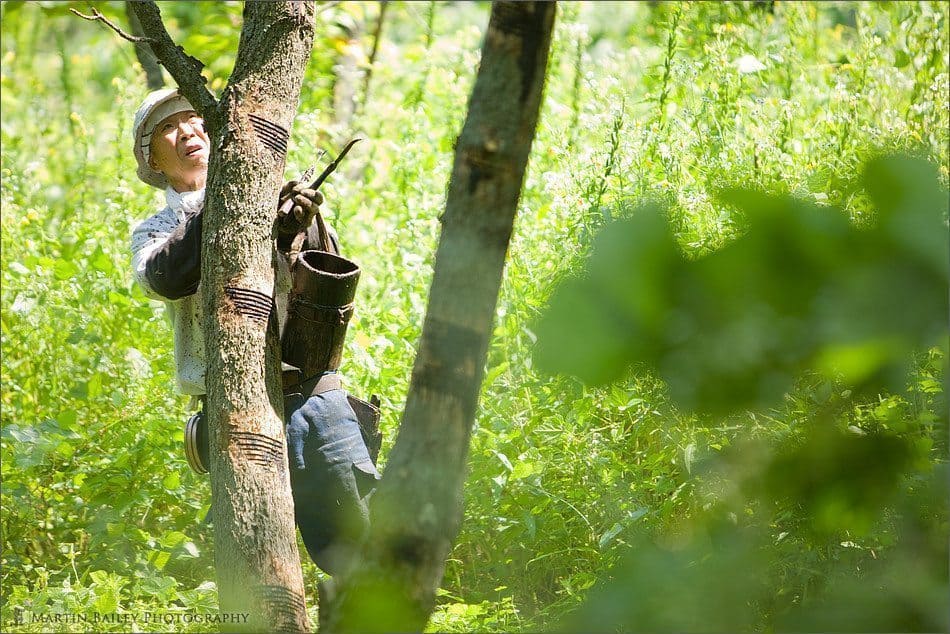
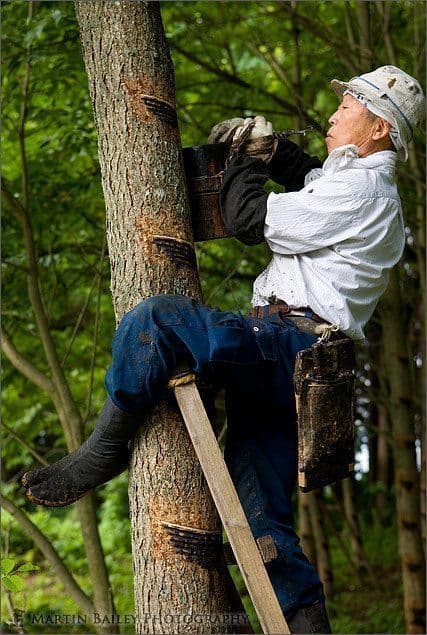
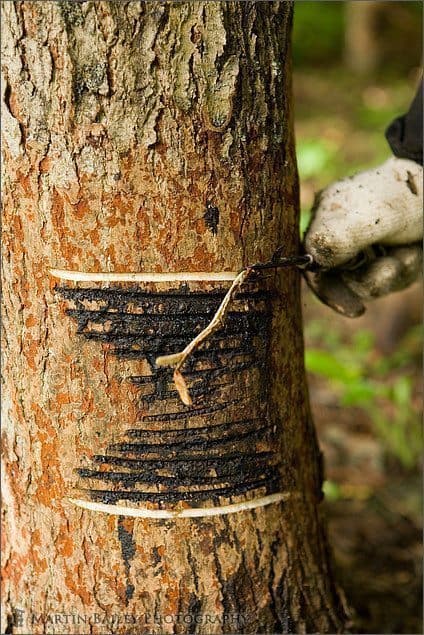
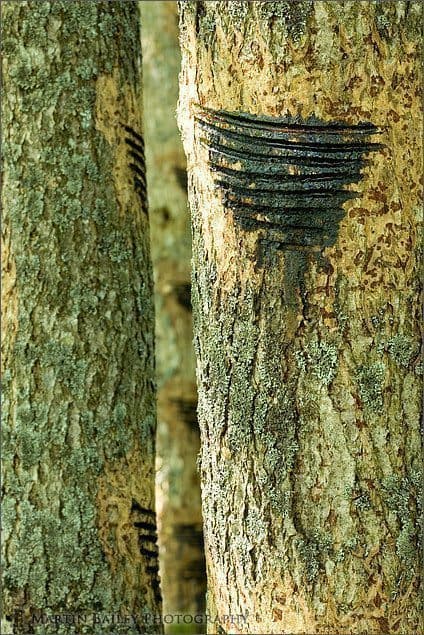
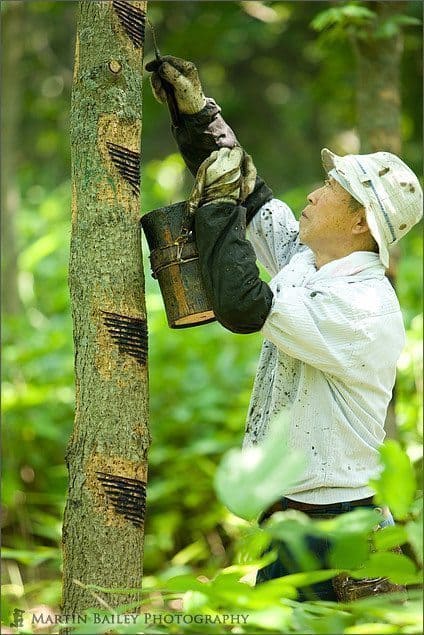

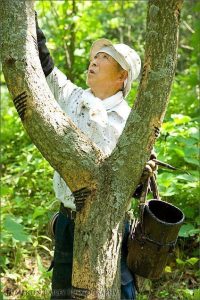
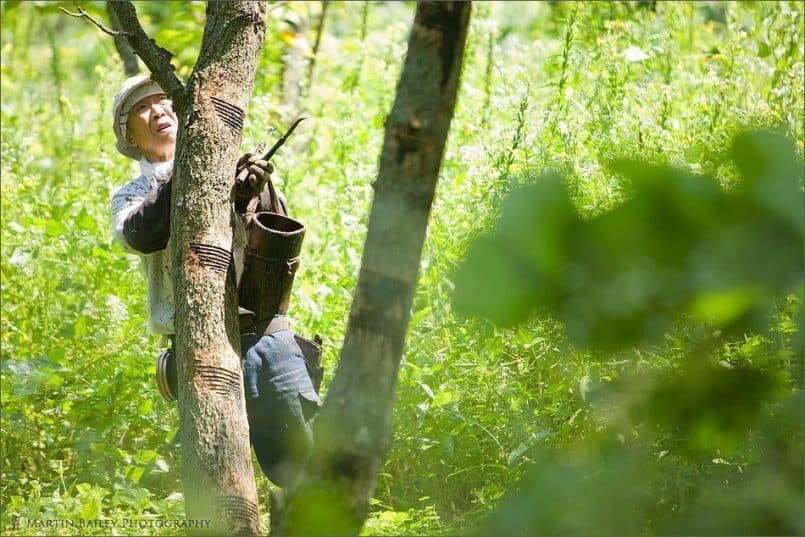
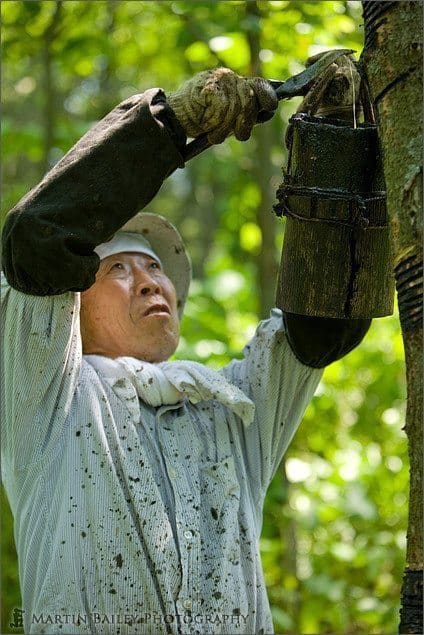

0 Comments